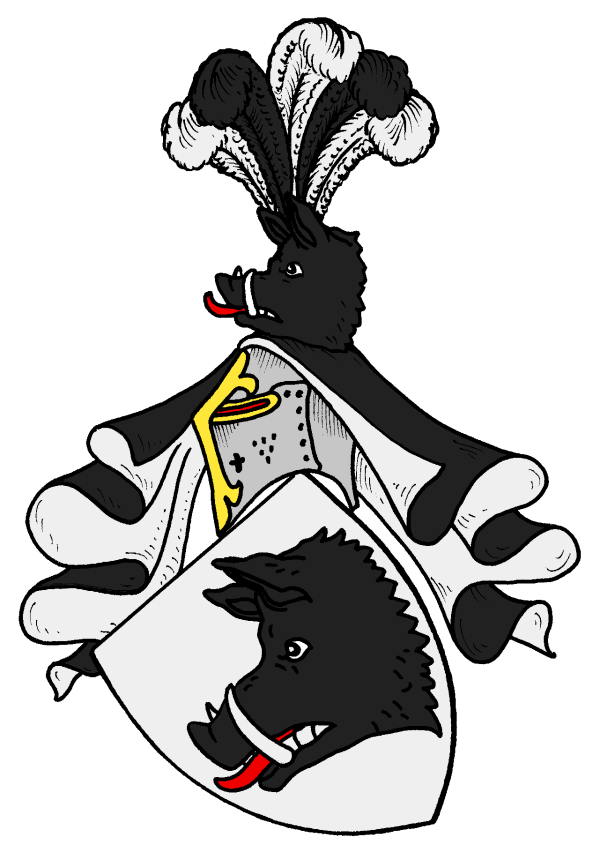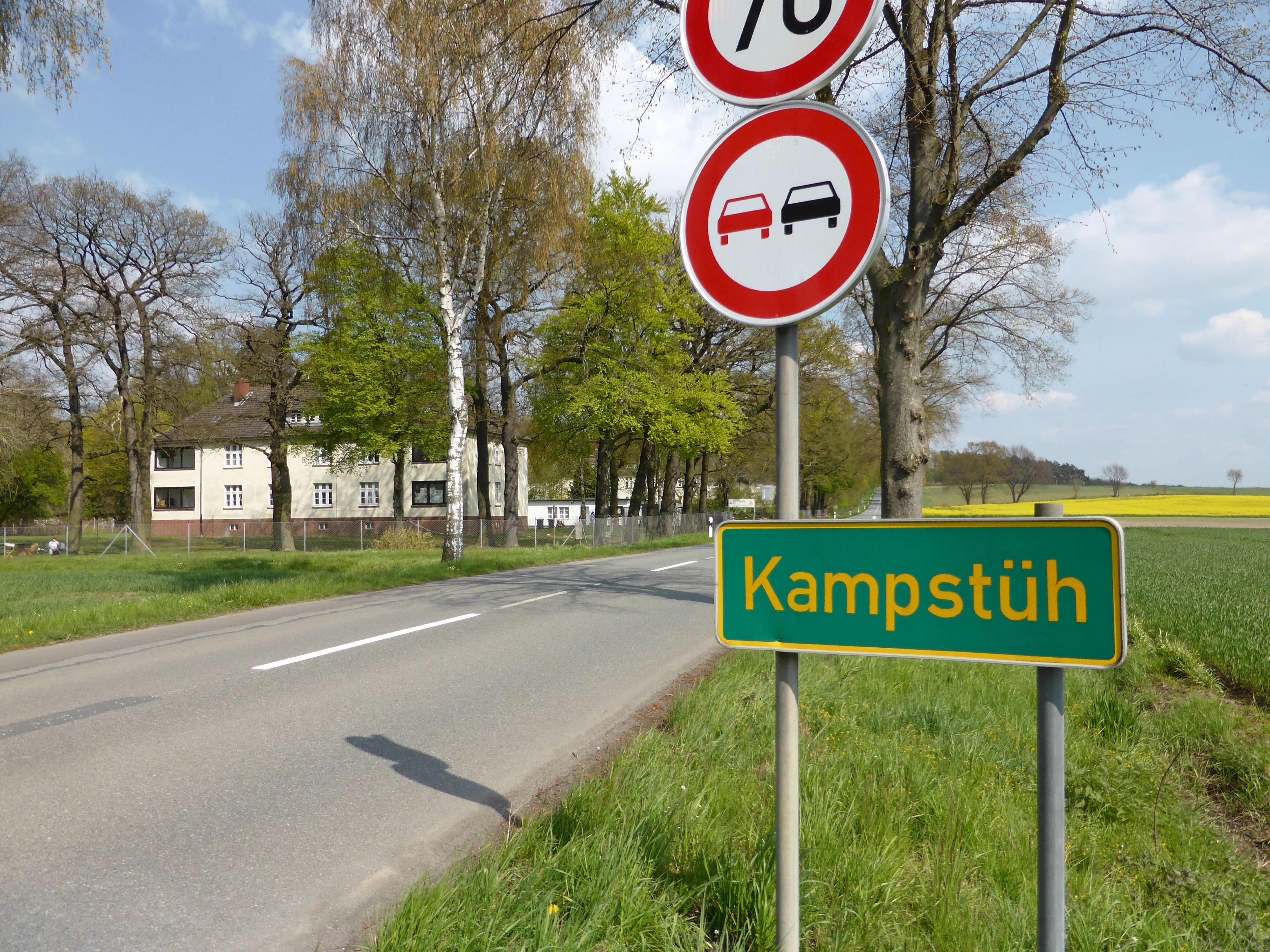|
Karl August Von Hardenberg
Karl August Fürst von Hardenberg (31 May 1750, in Essenrode-Lehre – 26 November 1822, in Genoa) was a Prussian statesman and Prime Minister of Prussia. While during his late career he acquiesced to reactionary policies, earlier in his career he implemented a variety of Liberal reforms. To him and Baron vom Stein, Prussia was indebted for improvements in its army system, the abolition of serfdom and feudal burdens, the throwing open of the civil service to all classes, and the complete reform of the educational system. Family Hardenberg was the eldest son of Christian Ludwig von Hardenberg (1700-1781), a Hanoverian colonel, later to become field marshal and commander-in-chief of the Hanoverian army under King George III from 1776 until his death. The mother was Anna Sophia Ehrengart von Bülow. He was born, one of 8 children, at Essenrode Manor near Hanover, his maternal grandfather's estate. The ancestral home of the ''knights of Hardenberg'' is Hardenberg Castle at Nört ... [...More Info...] [...Related Items...] OR: [Wikipedia] [Google] [Baidu] |
Sir Thomas Lawrence
Sir Thomas Lawrence (13 April 1769 – 7 January 1830) was an English portrait painter and the fourth president of the Royal Academy. A child prodigy, he was born in Bristol and began drawing in Devizes, where his father was an innkeeper at the Bear Hotel in the Market Square. At age ten, having moved to Bath, he was supporting his family with his pastel portraits. At 18 he went to London and soon established his reputation as a portrait painter in oils, receiving his first royal commission, a portrait of Queen Charlotte, in 1790. He stayed at the top of his profession until his death, aged 60, in 1830. Self-taught, he was a brilliant draughtsman and known for his gift of capturing a likeness, as well as his virtuoso handling of paint. He became an associate of the Royal Academy in 1791, a full member in 1794, and president in 1820. In 1810 he acquired the generous patronage of the Prince Regent, was sent abroad to paint portraits of allied leaders for the Waterloo chamber at ... [...More Info...] [...Related Items...] OR: [Wikipedia] [Google] [Baidu] |
Lehre
Lehre is a municipality in the district of Helmstedt, in Lower Saxony, Germany. The current population is 11,539 and is situated approximately southwest of Wolfsburg, and Braunschweig. The municipality received the name of Lehre on June 10, 888 and is made up of eight surrounding villages. They are Beienrode, Essehof, Essenrode, Flechtorf, Groß Brunsrode, Klein Brunsrode, Lehre, and Wendhausen with Lehre being the largest. History In 1934, construction began on the Army Ammunition Institute in the Kampstüh Forest east Lehre. More than 100 buildings on were constructed and was connected to the railway system. The Institute produced ammunition for infantry weapons, anti-tank mines, tank shells, artillery guns and .38 cm. Up until February 1945, 6,000 tons of chemical weapons were transported to the Institute. It was not bombed during World War II and up until the end war, most of these weapons remained on site. In 1945, the location also housed Russian prisoners of ... [...More Info...] [...Related Items...] OR: [Wikipedia] [Google] [Baidu] |
University Of Göttingen
The University of Göttingen, officially the Georg August University of Göttingen, (german: Georg-August-Universität Göttingen, known informally as Georgia Augusta) is a public research university in the city of Göttingen, Germany. Founded in 1734 by George II, King of Great Britain and Elector of Hanover, and starting classes in 1737, the Georgia Augusta was conceived to promote the ideals of the Enlightenment. It is the oldest university in the state of Lower Saxony and the largest in student enrollment, which stands at around 31,600. Home to many noted figures, it represents one of Germany's historic and traditional institutions. According to an official exhibition held by the University of Göttingen in 2002, 44 Nobel Prize winners had been affiliated with the University of Göttingen as alumni, faculty members or researchers by that year alone. The University of Göttingen was previously supported by the German Universities Excellence Initiative, holds memberships ... [...More Info...] [...Related Items...] OR: [Wikipedia] [Google] [Baidu] |
Leipzig
Leipzig ( , ; Upper Saxon: ) is the most populous city in the German state of Saxony. Leipzig's population of 605,407 inhabitants (1.1 million in the larger urban zone) as of 2021 places the city as Germany's eighth most populous, as well as the second most populous city in the area of the former East Germany after (East) Berlin. Together with Halle (Saale), the city forms the polycentric Leipzig-Halle Conurbation. Between the two cities (in Schkeuditz) lies Leipzig/Halle Airport. Leipzig is located about southwest of Berlin, in the southernmost part of the North German Plain (known as Leipzig Bay), at the confluence of the White Elster River (progression: ) and two of its tributaries: the Pleiße and the Parthe. The name of the city and those of many of its boroughs are of Slavic origin. Leipzig has been a trade city since at least the time of the Holy Roman Empire. The city sits at the intersection of the Via Regia and the Via Imperii, two important medieval trad ... [...More Info...] [...Related Items...] OR: [Wikipedia] [Google] [Baidu] |
Nörten-Hardenberg
Nörten-Hardenberg ( Eastphalian: ''Nörten-Harenbarg'') is a municipality in the district of Northeim, in Lower Saxony, Germany. Geography It is situated on the river Leine, approx. 10 km southwest of Northeim, and 10 km north of Göttingen. The main town is located on the foothills of the Nörtener Wald but great parts of the municipality are in the Leinegraben, a lowland between the Solling and the Harz. Neighbor communities are Bovenden (south), Hardegsen (west), Moringen (northwest), Katlenburg-Lindau (east) and Northeim (north) Besides the main town itself, the following villages are component localities of Nörten-Hardenberg: History Hardenberg Castle, first mentioned in 1101, was built by the Electors of Mainz. Their Ministeriales (or Burgmann) were the lords of Rosdorf, who were expelled in 1287, followed by the lords of Thüdinghausen (near Moringen) who took on the name ''knights of Hardenberg''. (They are not to be confounded with a westphalia ... [...More Info...] [...Related Items...] OR: [Wikipedia] [Google] [Baidu] |
Hanover
Hanover (; german: Hannover ; nds, Hannober) is the capital and largest city of the German state of Lower Saxony. Its 535,932 (2021) inhabitants make it the 13th-largest city in Germany as well as the fourth-largest city in Northern Germany after Berlin, Hamburg and Bremen. Hanover's urban area comprises the towns of Garbsen, Langenhagen and Laatzen and has a population of about 791,000 (2018). The Hanover Region has approximately 1.16 million inhabitants (2019). The city lies at the confluence of the River Leine and its tributary the Ihme, in the south of the North German Plain, and is the largest city in the Hannover–Braunschweig–Göttingen–Wolfsburg Metropolitan Region. It is the fifth-largest city in the Low German dialect area after Hamburg, Dortmund, Essen and Bremen. Before it became the capital of Lower Saxony in 1946, Hannover was the capital of the Principality of Calenberg (1636–1692), the Electorate of Hanover (1692–1814), the Kingdom of Hannover ... [...More Info...] [...Related Items...] OR: [Wikipedia] [Google] [Baidu] |
Bülow Family
The House of Bülow () is the name of an old German and Danish noble family of Mecklenburg origin, members of which have borne the title of Baron (''Freiherr''), Count (''Graf'') or Prince (''Fürst''). History The family traces its main line back to one knight ''Godofridus de Bulowe'', mentioned in a 1229 deed. He was named after the village of Bülow near Königsfeld, then part of the Bishopric of Ratzeburg. The family made great donations to nearby Rehna Abbey. As ''Bülow'' was also a word for oriole in the local dialect based on Wendish roots, the bird is depicted as a crest in the family's coat of arms. In Mecklenburg the family acquired around 110 estates, castles or villages from 1229 onwards, nine of which remained in its possession until the confiscations in communist East Germany in 1945. From 1470 to this day the family holds the manor of Gudow in Saxe-Lauenburg (today part of the former West-German state of Schleswig-Holstein), and in the 19th century it acquired ... [...More Info...] [...Related Items...] OR: [Wikipedia] [Google] [Baidu] |
George III Of The United Kingdom
George III (George William Frederick; 4 June 173829 January 1820) was King of Great Britain and of Monarchy of Ireland, Ireland from 25 October 1760 until Acts of Union 1800, the union of the two kingdoms on 1 January 1801, after which he was King of the United Kingdom of Great Britain and Ireland until his death in 1820. He was the longest-lived and longest-reigning king in British history. He was concurrently Duke and Prince-elector of Electorate of Brunswick-Lüneburg, Brunswick-Lüneburg ("Hanover") in the Holy Roman Empire before becoming King of Hanover on 12 October 1814. He was a monarch of the House of Hanover but, unlike his two predecessors, he was born in Great Britain, spoke English as his first language and never visited Hanover. George's life and reign were marked by a series of military conflicts involving his kingdoms, much of the rest of Europe, and places farther afield in Africa, the Americas and Asia. Early in his reign, Great Britain defeated France in th ... [...More Info...] [...Related Items...] OR: [Wikipedia] [Google] [Baidu] |
Hanoverian Army
The House of Hanover (german: Haus Hannover), whose members are known as Hanoverians, is a European royal house of German origin that ruled Hanover, Great Britain, and Ireland at various times during the 17th to 20th centuries. The house originated in 1635 as a cadet branch of the House of Brunswick-Lüneburg, growing in prestige until Hanover became an Electorate in 1692. George I became the first Hanoverian monarch of Great Britain and Ireland in 1714. At Queen Victoria's death in 1901, the throne of the United Kingdom passed to her eldest son Edward VII, a member of the House of Saxe-Coburg and Gotha. The last reigning members of the House lost the Duchy of Brunswick in 1918 when Germany became a republic. The formal name of the house was the House of Brunswick-Lüneburg, Hanover line. The senior line of Brunswick-Lüneburg, which ruled Brunswick-Wolfenbüttel, became extinct in 1884. The House of Hanover is now the only surviving branch of the House of Welf, which is the ... [...More Info...] [...Related Items...] OR: [Wikipedia] [Google] [Baidu] |
Heinrich Friedrich Karl Vom Und Zum Stein
Heinrich Friedrich Karl Reichsfreiherr vom und zum Stein (25 October 1757 – 29 June 1831), commonly known as Baron vom Stein, was a Prussian statesman who introduced the Prussian reforms, which paved the way for the unification of Germany. He promoted the abolition of serfdom, with indemnification to territorial lords; subjection of the nobles to manorial imposts; and the establishment of a modern municipal system. Stein was from an old Franconian family. He was born on the family estate near Nassau, studied at Göttingen, and entered the civil service. Prussian conservatism hampered him in his efforts to bring about changes. In 1807, he was removed from office by the King for refusing to accept the post of Minister of Foreign Affairs but was recalled after the Peace of Tilsit. After it became known that he had written a letter in which he criticised Napoleon, Stein was obliged to resign, which he did on 24 November 1808 and retired to the Austrian Empire, from which he wa ... [...More Info...] [...Related Items...] OR: [Wikipedia] [Google] [Baidu] |





.jpg)
.jpg)
